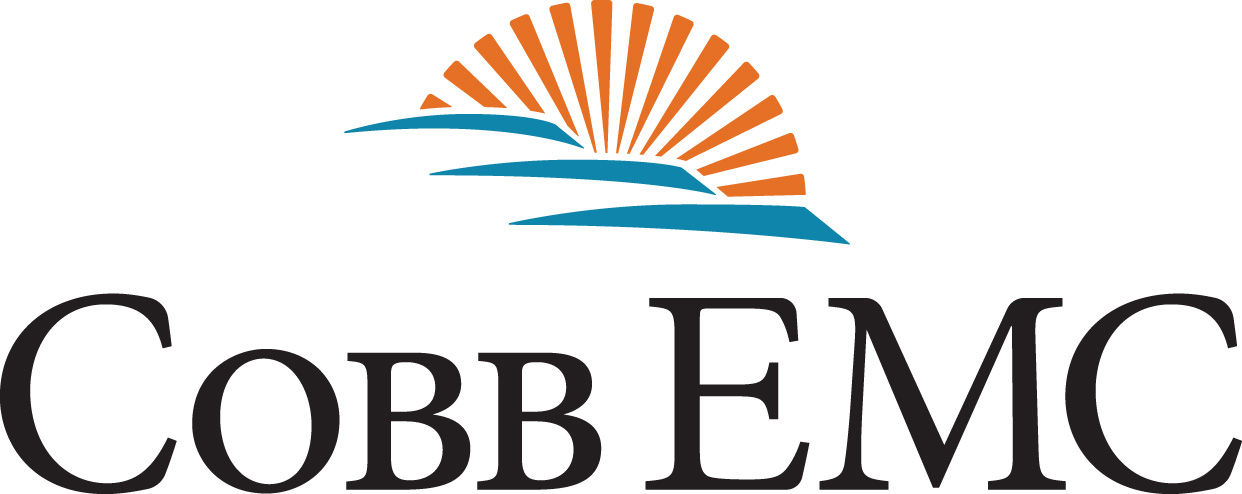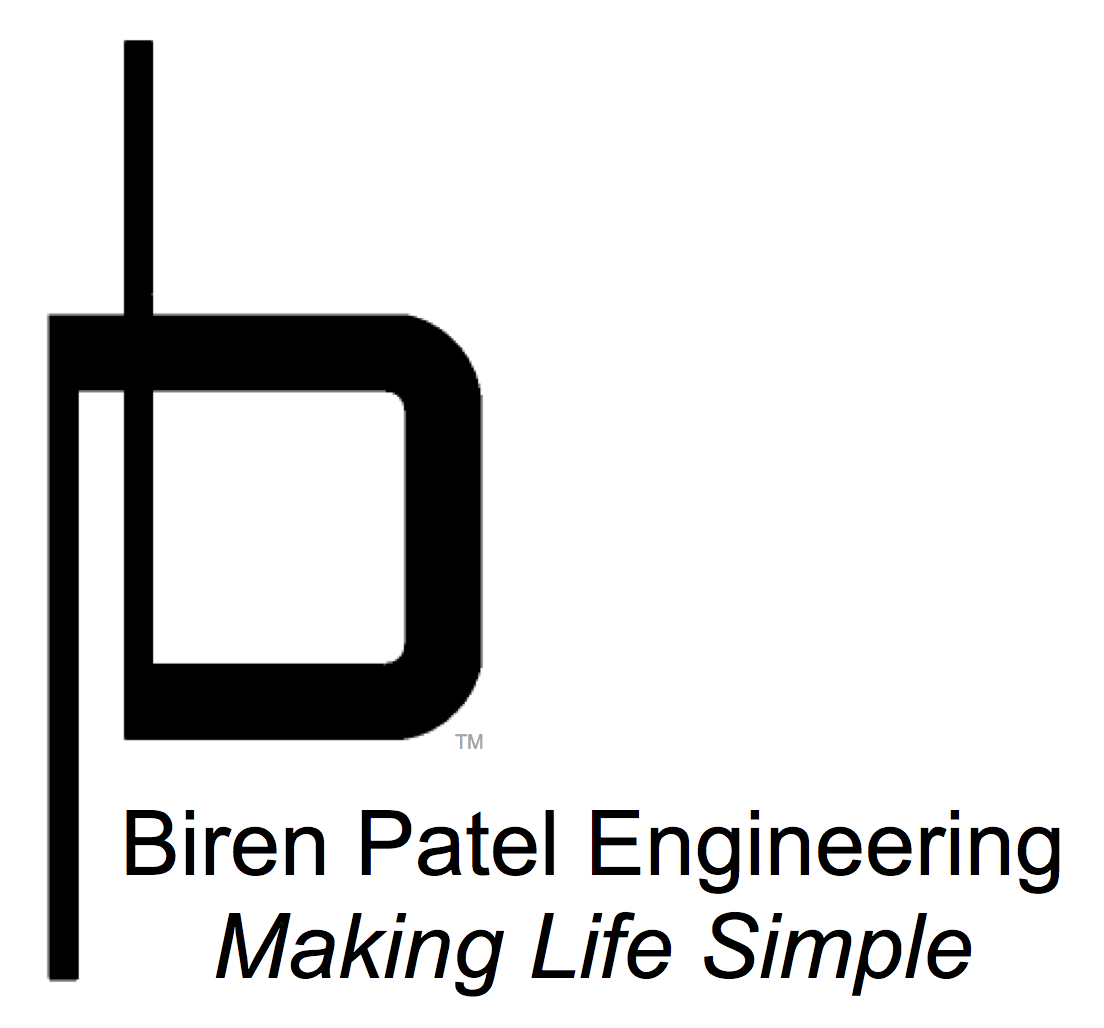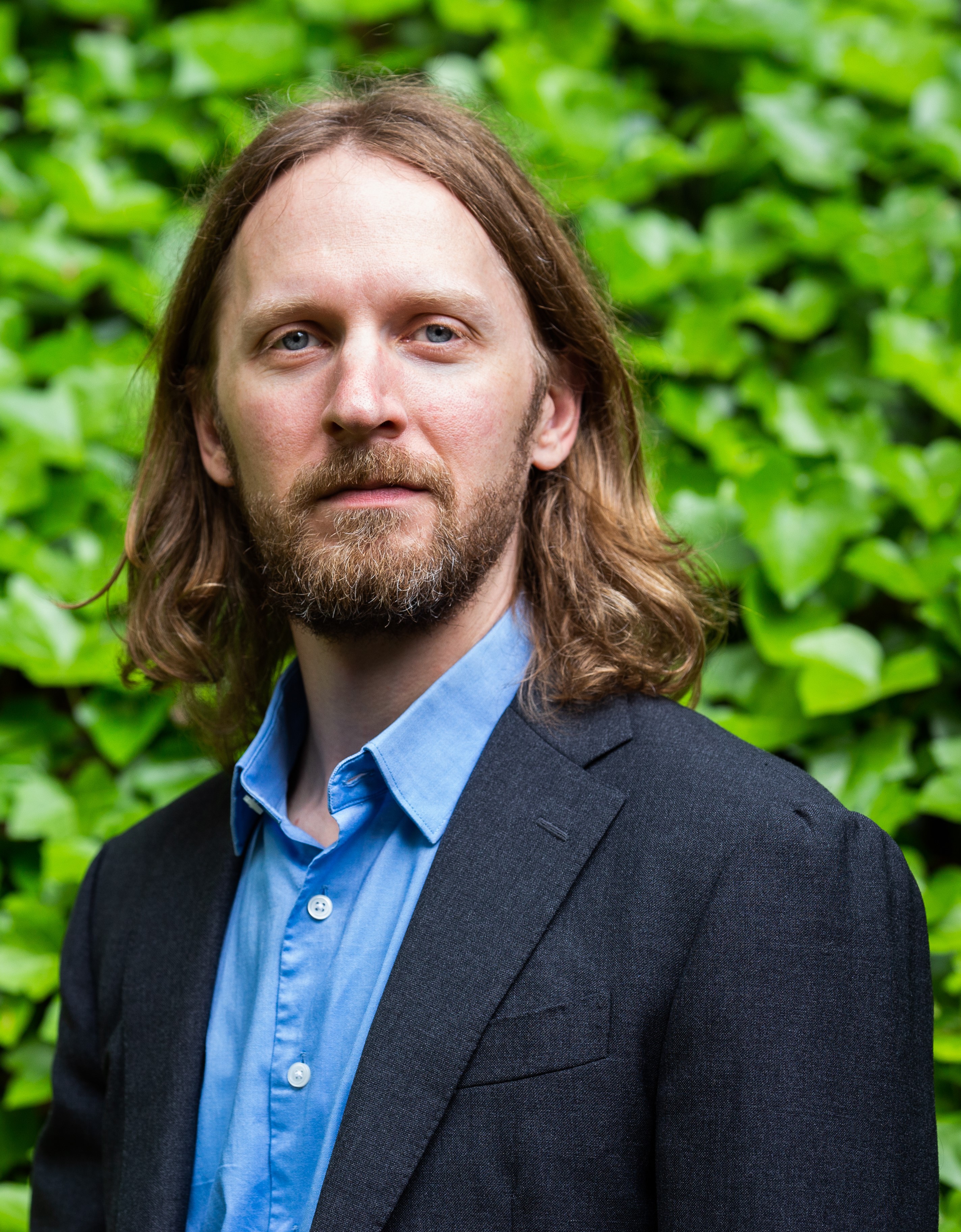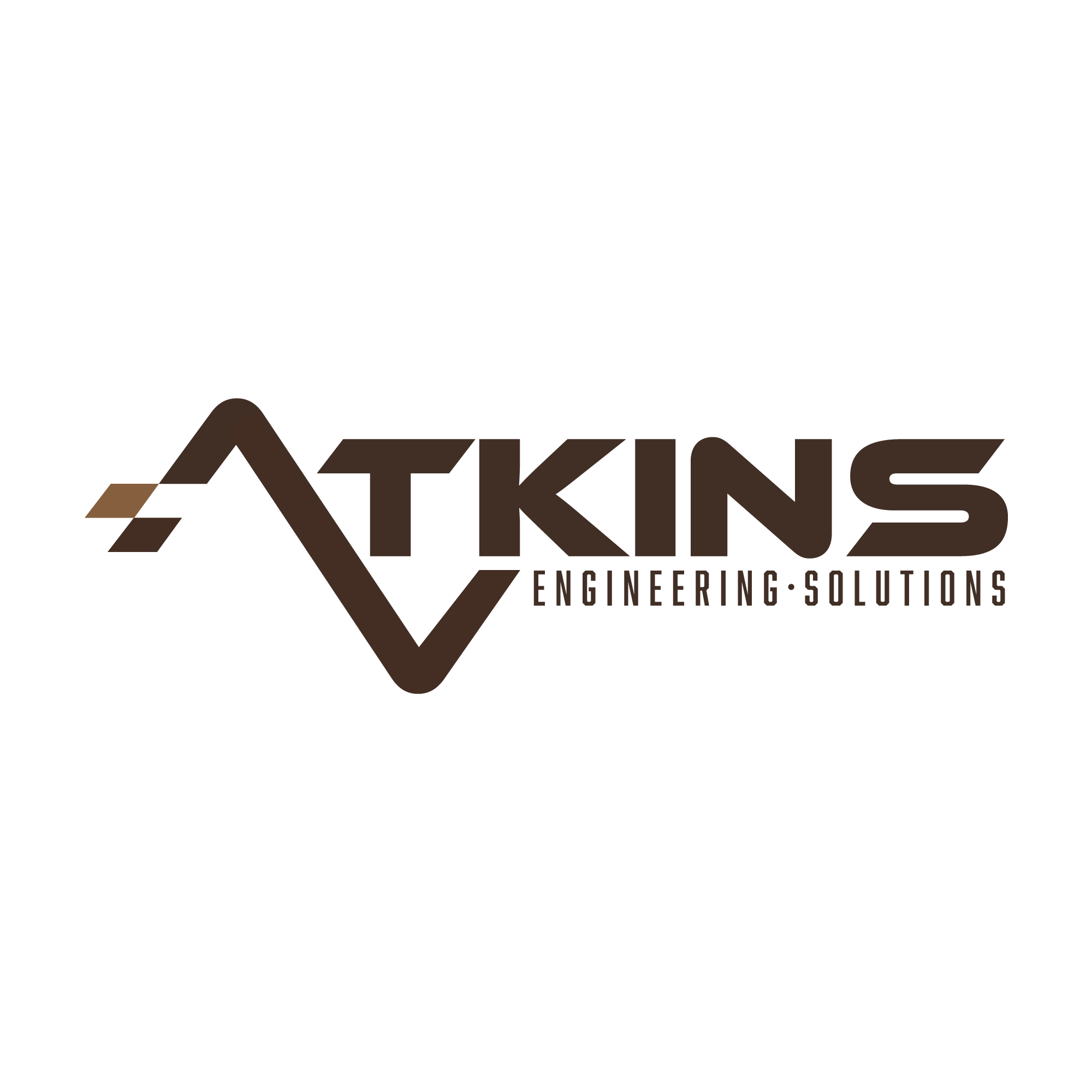IEEE Atlanta Section Annual Banquet
We look forward to seeing you at our Annual Section Banquet on Nov 7th!
Join us for our annual section banquet, where we will be honoring award recipients, networking, and listening to a Keynote Speaker presentation titled "Lidar: Seeing the World with Light’" delivered by Dr. Christopher R. Valenta, a Principal Research Engineer and Associate Division Head at the Georgia Tech Research Institute (GTRI) Electro-Optical Systems Laboratory (EOSL) .
Member discounts are available! The following registration costs are requested for this section banquet: Non-IEEE Member ($55), Member ($45), Senior Member ($40), Life Member ($30), Students ($25). Guests of the respective grade will receive that grade pricing as well.
The banquet menu is included below, and a cash bar will be available. Please note that all courses will be served family style for our guests. As a note of reference and information, the content of the talk has a rating of "N" as in for NORMAL people! Everyone is welcomed to join us, and we look forward to seeing you all at the banquet!
Thanks to Our Sponsors:


Date and Time
Location
Hosts
Registration
-
 Add Event to Calendar
Add Event to Calendar
- 4400 Ashford-Dunwoody Rd
- Atlanta, Georgia
- United States 30346
- Building: Maggiano's Little Italy Perimeter
- Click here for Map
- Starts 04 October 2025 04:00 AM UTC
- Ends 04 November 2025 05:00 PM UTC
- 0 in-person spaces left!
- Admission fee ?
Speakers
Dr. Christopher R. Valenta, Principal Engineer and Associate Division Head (Georgia Tech Research Institute - Electro-Optical Systems Laboratory)
Lidar: Seeing the World with Light’
Abstract:
Light Detection And Ranging (lidar) systems are a versatile remote sensing technique that has gained popularity due to the push for fully autonomous vehicles. An active sensing system which operates in the optical part of the electromagnetic spectrum, lidar offers complementary situational awareness to the more commonly recognized radar and camera/vision systems. Compared to radar, lidar uses shorter wavelengths which allow for higher resolutions and unique sensing approaches, but has tradeoffs in terms of cost and certain sensitivities. Despite the recent utilization by the automotive industry, lidar has existed since around the invention of the laser in 1960 and been implemented for a remarkably diverse set of applications - satellite laser ranging, spacecraft navigation, nautical mapping, wind sensing, atmospheric temperature sensing, video and film production, and more! The choice of laser wavelength (frequency), scan mechanism and pattern, coherent versus incoherent detection, and pulsed or continuous wave excitation, among others, give system designers a myriad of options to sense the world around us. Fundamentally, understanding how light interacts with the atmosphere and different materials and devices is critical to exploiting this unique sensing technique.
Biography:
 |
Christopher R. Valenta, Ph.D., is a Principal Research Engineer and Associate Division Head at the Georgia Tech Research Institute (GTRI) Electro-Optical Systems Laboratory (EOSL) as well as an Adjunct Professor in the School of Electrical and Computer Engineering at Georgia Tech. He has built and researched a variety of lidar systems including airborne topography and bathymetric, automotive, and a number of atmospheric lidar systems including aerosol, 3D wind, temperature, water vapor, and ozone, among others. Dr. Valenta is the winner of the 2015 IEEE Microwave Magazine Best Paper Award, a Georgia Tech 40 Under 40 winner, a 2020 SPIE Rising Researcher, and a registered professional engineer in the state of Georgia.
|
Agenda
6:00 – 6:45 pm: Reception6:45 – 7:45 pm: Dinner7:45 – 8:15 pm: Awards8:15 – 9:15 pm: Main Program9:15 – 9:30 pm: Wrap Up



